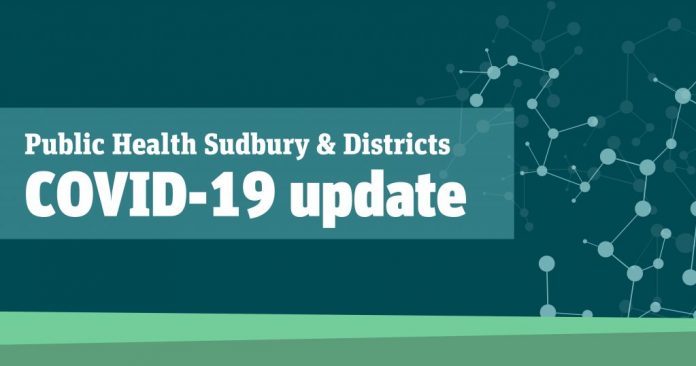GULL BAY – The chief of a Northwestern Ontario First Nation that is experiencing a six-patient outbreak of COVID-19 is urging all people, especially those within First Nation communities, to take the threat seriously and to use his community’s example as a cautionary tale.
“You have to be vigilant and social distancing is so critical. Chiefs and councils really have to ensure members are following this. When we were hit by this coronavirus, there were still some people not taking it seriously. The majority are, but there’s still a few not heeding the warnings” Kiashke Zaaging Anishinaabek (Gull Bay First Nation) Chief Wilfred King told The Expositor.
Last Wednesday, April 22, Aboriginal Peoples’ Television Network (APTN) reporter Willow Fiddler published a report about an increased total of six cases of COVID-19 in the small First Nation located on the western shores of Lake Nipigon.
Within the story, Chief King urged for the availability of more on-reserve testing so he and his community could determine the extent of the outbreak and stop it before it became unmanageable.
Shortly thereafter, he publicly offered to discuss his community’s experiences in the hopes that other communities may use the knowledge to better prepare. The Expositor contacted the chief to learn more about the situation they have been facing.
“We’re holding out, managing day to day here and trying to do our best to curtail this as much as we can,” said Chief King.
As of press time Monday, there were still six confirmed cases of COVID-19, but Chief King said he expected those numbers to rise.
Some members of the First Nation work at a palladium mine located about an hour away from the reserve. That mine has been responsible for a significant number of cases within the health unit and, according to a CBC report, an individual in the Public Health Sudbury and Districts area has contracted COVID-19 through the mine.
“What bothers me is I don’t know why the mine was allowed to stay open. I don’t see how palladium is an essential service. …it might be the source of the contamination in our community—either that or Thunder Bay,” he said.
Kiashke Zaaging’s infections are at the highest number among Ontario First Nations, according to an Anishinabek Nation report dated April 23, 2020.
“We have the highest per-capita rate of any First Nation in Ontario. In addition, our rates have exceeded Italy on a per-capita basis,” said Chief King.
Kiashke Zaaging’s six cases compared to its on-reserve population of about 350 generates a figure of about 0.017 cases per person. Hard-hit Italy’s 197,675 cases compared to its population of 60.36 million has a per-capita rate of only 0.003 cases per person.
Chief King’s message to Manitoulin First Nations is to continue exploring ways of limiting access to their communities, something he admitted was easier in communities such as his which are at the end of road networks.
He said global crises such as this pandemic pose unique issues for First Nations.
“Most First Nations are not independently wealthy. We’re reliant on transfer payments from the federal government or the province, so we’re not resourced to deal with this issue. And when you break down the money that’s given to First Nations per capita, it doesn’t amount to a lot,” he said.
Ultimately, Chief King said this was a time for community strength.
“We have to support each other. We have to put our differences aside because we’re all in this together. We’re going to make it out together if we all co-operate and work together,” he said.
A temporary emergency testing facility arrived at Kiashke Zaaging over the weekend from Winnipeg, with tests slated to begin this past Monday.





